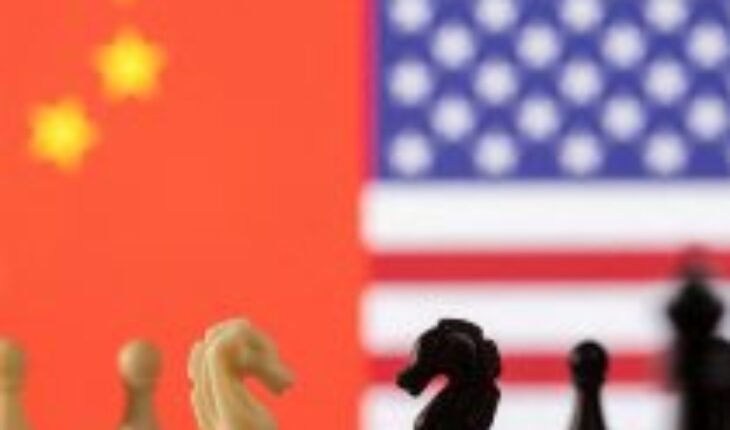When the subprime mortgage crisis erupted in the U.S. in 2008, China seized such an opportunity to balance the scales in its favor by launching the largest stimulus package the contemporary world has ever seen: $568 billion (something like 3 times Chile’s total wealth back then). Such an economic injection caused commodity prices to soar (like copper) and prevented richer countries from entering recession. According to the OECD (2011) China used this money for: transport and energy infrastructure (railways, roads, airports, electricity grids); reconstruction after the Sichuan earthquake; rural village infrastructure; environment, energy efficiency and reduction of carbon emissions; affordable housing; innovation and technological restructuring; and finally health and education. However, one of the long-term consequences for China was overcapacity in various materials, such as cement and steel. In the latter alone, China increased production from 500 million tons of steel in 2008 to 800 million tons in 2015. Such excess capacity then generated the perfect articulation for China not only to sell the raw materials to countries in Southeast Asia and Central Asia, but to move its full production facilities out of its territory, through the Belt and Road initiative project. Chinese Premier Li Keqiang told the 2014 ASEAN conference: “We have excess equipment to make steel, cement and pleated glass, good quality equipment. We want companies to move their excess production capacity through foreign direct investment in ASEAN countries, which need to build their own infrastructure.” In this way, the least developed countries would receive not only direct investment, but the know-how learned by the Chinese over 30 years. Line for the sum: if China’s GDP in 2008 was USD 5 trillion and that of the US corresponded to USD 15 trillion, currently, China’s wealth corresponds to USD 17.7 trillion and that of the US to USD 21. Not only did China save the U.S. and the developed world from the 2008 recession, but strategically, it balanced global governance in its favor.
Considering that the US is on the verge of a recession, it seems that the Chinese strategy of zero Covid is being used to continue generating instability and uncertainty to global markets, which added to the 5 months of war in Ukraine, could generate the great juncture so that within a decade, China surpasses the US as the first economic superpower.
The Chinese Strategy – The Counter
July 28, 2022 |





